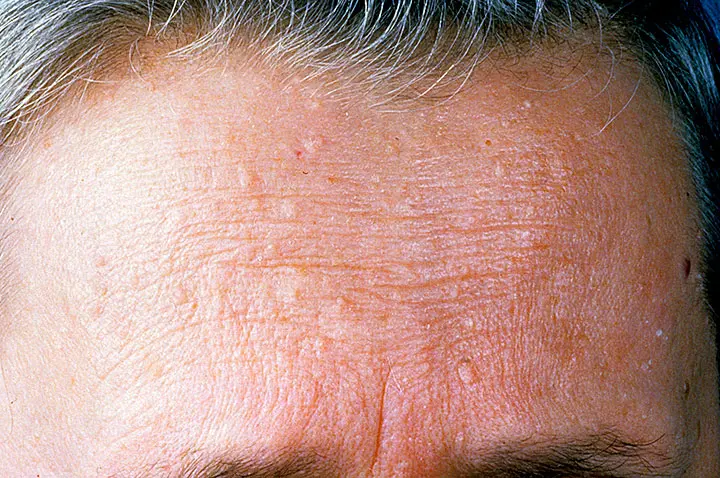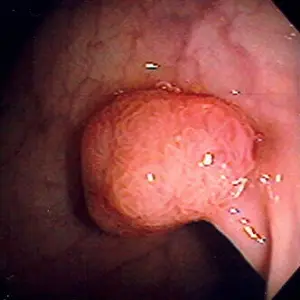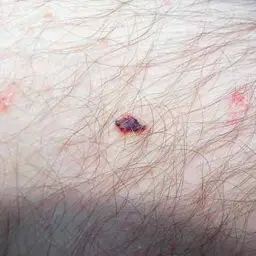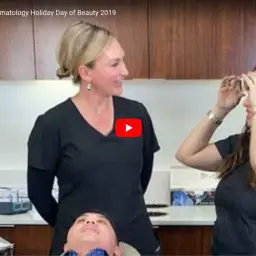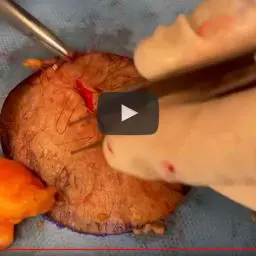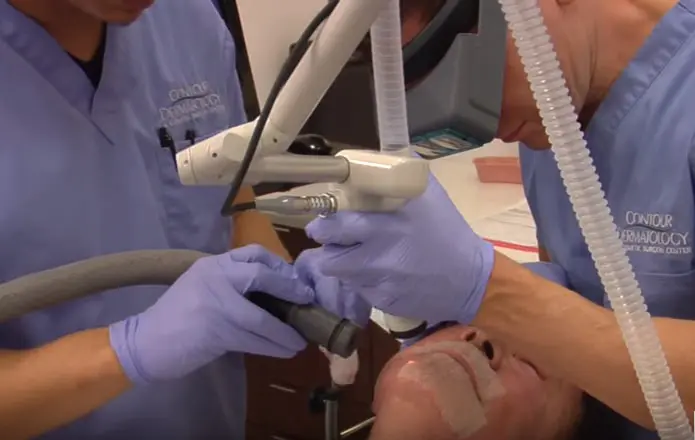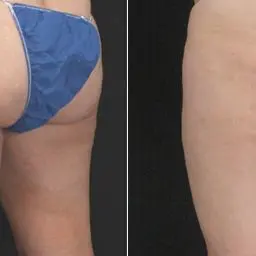Cowden Syndrome
Skin Conditions
Cowden syndrome is a very rare genetic disease classically manifesting as the appearance of multiple hamartomas a benign (but still problematic) kind of tumor both on the skin and within internal organs.
The signs and symptoms of cowden syndrome vary greatly between patients; the most life-threatening of which is an increased risk for certain kinds of cancer, especially breast, thyroid, and squamous cell carcinoma (a form of skin cancer).
Often some of the first manifestations of cowden syndrome appear on the skin and mucus membranes (such as the skin of the mouth and genitals) in the form of trichilemmomas: a specific kind of hamartoma that arises from cells that form a sheath around hair follicles in the skin.
Their appearance is similar to acne and is shown below. Further confusing the diagnosis is the fact that these typically begin to arise during adolescence – the same age at which acne begins to appear. Additional cutaneous symptoms of cowden syndrome include nevi (moles), café-au-lait spots, lipomas (benign fatty growths), and an increased lifetime risk for squamous cell carcinoma that magnifies with age.
Cowden syndrome effects more than the skin, however, and patients with this disease may experience a whole host of symptoms across many organ systems. Troublesome hamartomas may appear in the thyroid gland, uterus, breast, and even in the brain where compression of the central nervous system may lead to intellectual disability and may even necessitate surgery. However, by far the most common location for these growth to appear in the gastrointestinal tract, with over 95% of patients having polyps on colonoscopy – premalignant lesions that individually do not usually cause any problems, but when they appear in high numbers such as in Cowden syndrome the likelihood of one progressing to colon cancer is high, especially with age.
Cowden syndrome is in fact associated with another genetic disease of the gastrointestinal tract – familial adenomatous polyposis, also known as FAP. Shown below is a typical image of a polyp seen on colonoscopy. Diagnosis of cowden syndrome is difficult given its rarity and wide variety of symptoms. Unfortunately there is no definitive cure. This disease is chronic, lifelong, and progressive – the manifestations (and risk for developing cancer) increase as the patient ages. Management of this disease is through aggressive screening measures to catch cancers and potentially troubling growths before they become life-threatening.
Given the slow pace of this disease, however, this is easily achieved with regular appointments with a physician. Often the most troubling aspect of the disease is its cutaneous manifestations. Fortunately, there are many solutions to the various skin lesions that can appear. Trichilemmomas may be removed by freezing, curettage (a surgical for of scraping), excision, or burning. Laser technology allows dermatologists to lighten excessive pigmented spots. Topical creams and steroids can be used to calm down inflamed or thickened areas of the skin. If you or your child is experiencing symptoms of cowden disease, please schedule an appointment with your dermatologist for treatment and evaluation.


